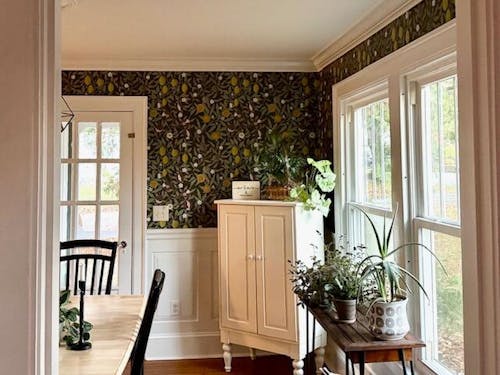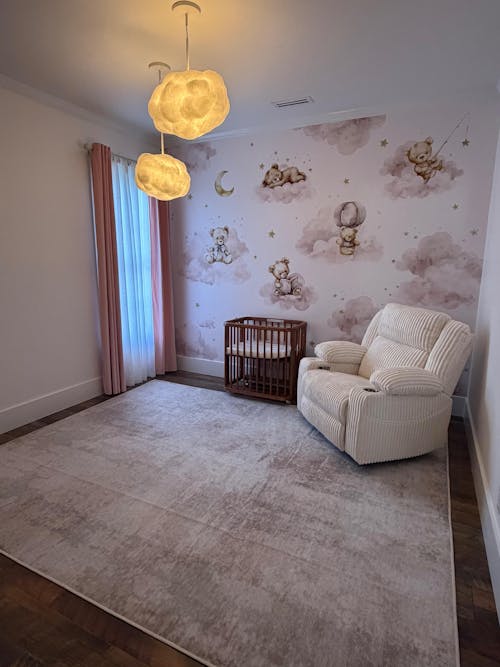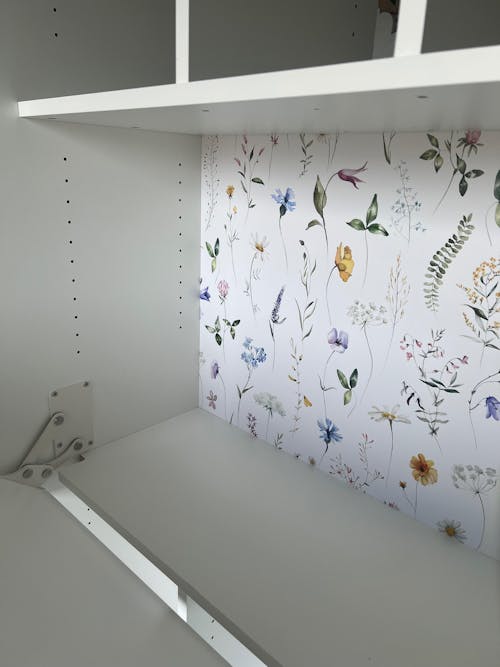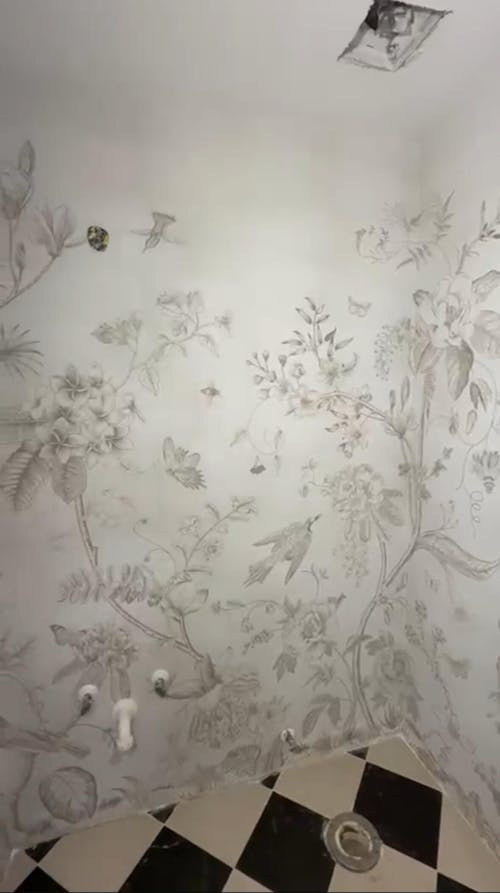Installing peel and stick wallpaper may seem like a straightforward task, but the difference between a DIY job and a professionally executed installation can be substantial. This section will highlight the significance of opting for professional installers when it comes to peel and stick wallpaper. From ensuring proper adhesion to minimizing errors, professional installation not only enhances the visual appeal but also contributes to the longevity of the wallpaper.
The Benefits of Hiring a Professional Wallpaper Installer
When it comes to enhancing the aesthetic appeal of your living or working space through wallpaper installation, opting for the services of a professional installer offers a myriad of advantages.
Skill in Handling Various Types of Wallpaper Materials
Professional wallpaper installers bring a wealth of expertise in dealing with a diverse range of wallpaper materials. Whether it's peel and stick, pre-pasted or traditional wallpaper, their familiarity with different materials ensures a seamless and flawless installation process.
Knowledge of Proper Installation Techniques
Professionals possess a deep understanding of the correct techniques required for each type of wallpaper. This includes proper alignment, pattern matching, and meticulous attention to detail.
Avoidance of Potential Mistakes and Rework
One of the primary advantages of hiring a professional installer is the reduction in the likelihood of mistakes during the installation process. Their experience enables them to anticipate potential challenges and address them proactively, minimizing the need for costly and time-consuming rework.
Faster Completion of the Project
Time is often a critical factor in any home or commercial improvement project. Professional installers are adept at efficiently completing wallpaper installations without compromising quality. Their expertise allows for a streamlined process, resulting in a quicker transformation of the space and less disruption to your daily routine.
How to Identify a Qualified Wallpaper Installer
Before hiring a wallpaper installer, ensure they have the necessary licenses and insurance. Request and verify these documents to establish the installer's legitimacy and commitment to quality workmanship.
Examine the installer's portfolio to gauge the breadth and quality of their previous work. A diverse portfolio showcasing different wallpaper materials, patterns, and application techniques indicates versatility and expertise. Pay attention to details such as precision in alignment, smooth application, and overall aesthetic appeal.
Some wallpaper installers may specialize in specific types of wallpaper or application techniques. Inquire about the installer's areas of specialization to ensure their expertise aligns with your project requirements.
The Process of Selecting a Wallpaper Installer
Initial Consultation
During the initial consultation, both parties engage in a comprehensive discussion to understand the project requirements. This step serves as the foundation for the entire installation process, allowing the installer to gain insight into the client's vision, preferences, and any specific design considerations.
Agreement and Contract
Upon reaching a mutual understanding, the next step involves drafting an agreement and contract. This document outlines the terms and conditions of the project, including the scope of work, materials to be used, and pricing details. Additionally, the contract establishes a clear timeline for the completion of the wallpaper installation, ensuring that both parties are on the same page regarding project expectations.
Wall Assessment
A crucial aspect of the wallpaper installation process is the thorough assessment of the walls. This step involves a meticulous inspection of the surfaces where the wallpaper will be applied. The installer examines the condition of the walls, identifying any imperfections, irregularities, or potential challenges that may impact the installation.
Preparing the Workspace
Before initiating the installation, proper preparation of the workspace is essential. This includes clearing the area of furniture and other obstacles, as well as ensuring that the walls are clean and smooth. Adequate preparation contributes to the overall efficiency of the installation process, allowing the installer to work with precision and attention to detail.
Common Pitfalls to Avoid in the Wallpaper Installation Process
Lack of Clear Communication
One of the primary pitfalls is a lack of clear communication between the client and the installer. Misunderstandings regarding design preferences, material choices, or project timelines can lead to dissatisfaction and delays.
Insufficient Wall Preparation
Failing to address imperfections, cracks, or uneven surfaces before applying the wallpaper can result in an uneven finish. Thoroughly assessing and preparing the walls is essential for achieving a professional and long-lasting result.
Skipping the Agreement and Contract
Take the time to establish a detailed contract that protects both parties' interests. Without a clear document outlining the scope of work, pricing, and project timeline, disputes may arise, leading to delays and potential legal issues.
Using Low-Quality Materials
Invest in high-quality materials suitable for the intended space, taking into consideration factors like humidity, sunlight exposure, and maintenance requirements.


















